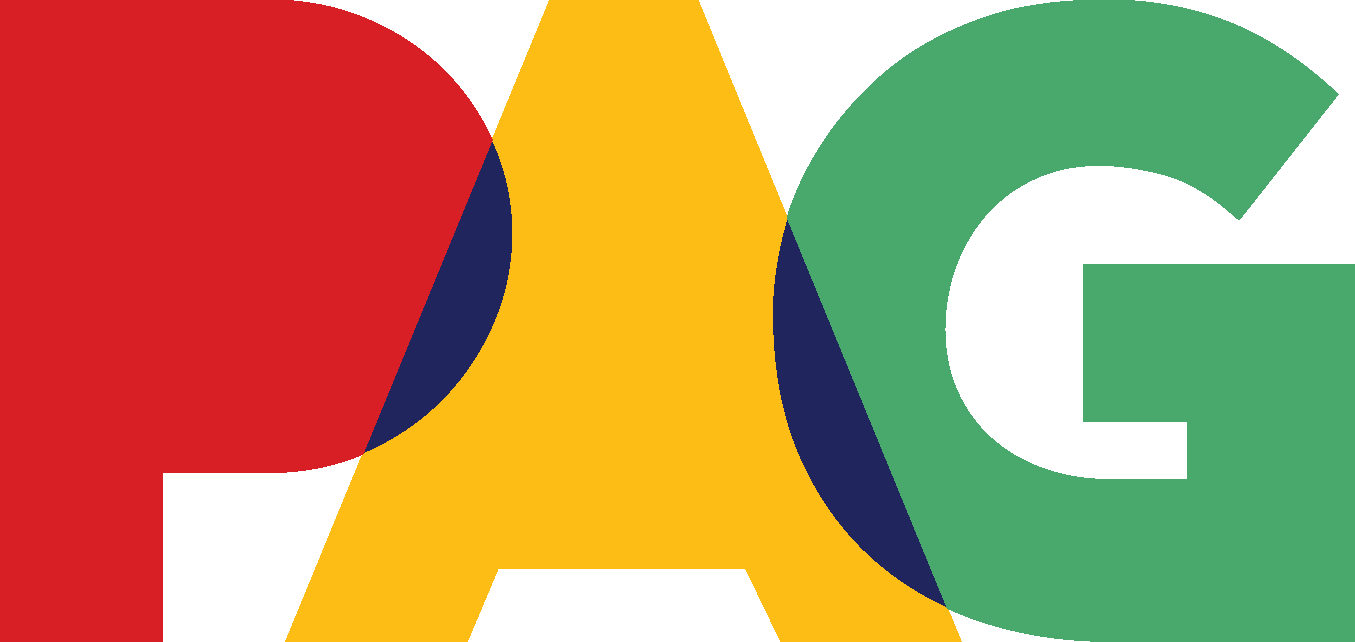Punched Cards & Personal Computers
SEPTEMBER 18th, 2021 - NOVEMBER 6th, 2021
toni onley Gallery
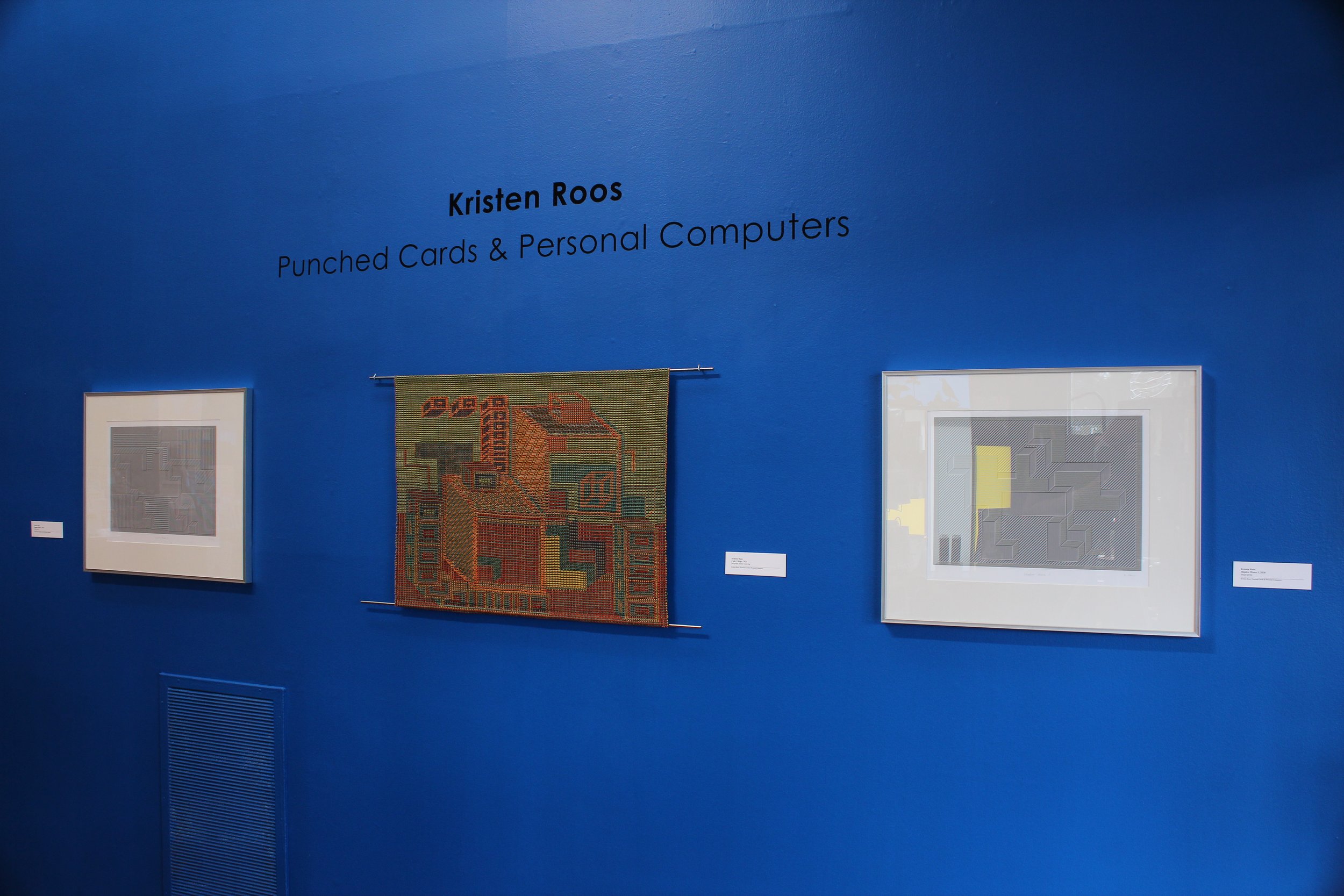
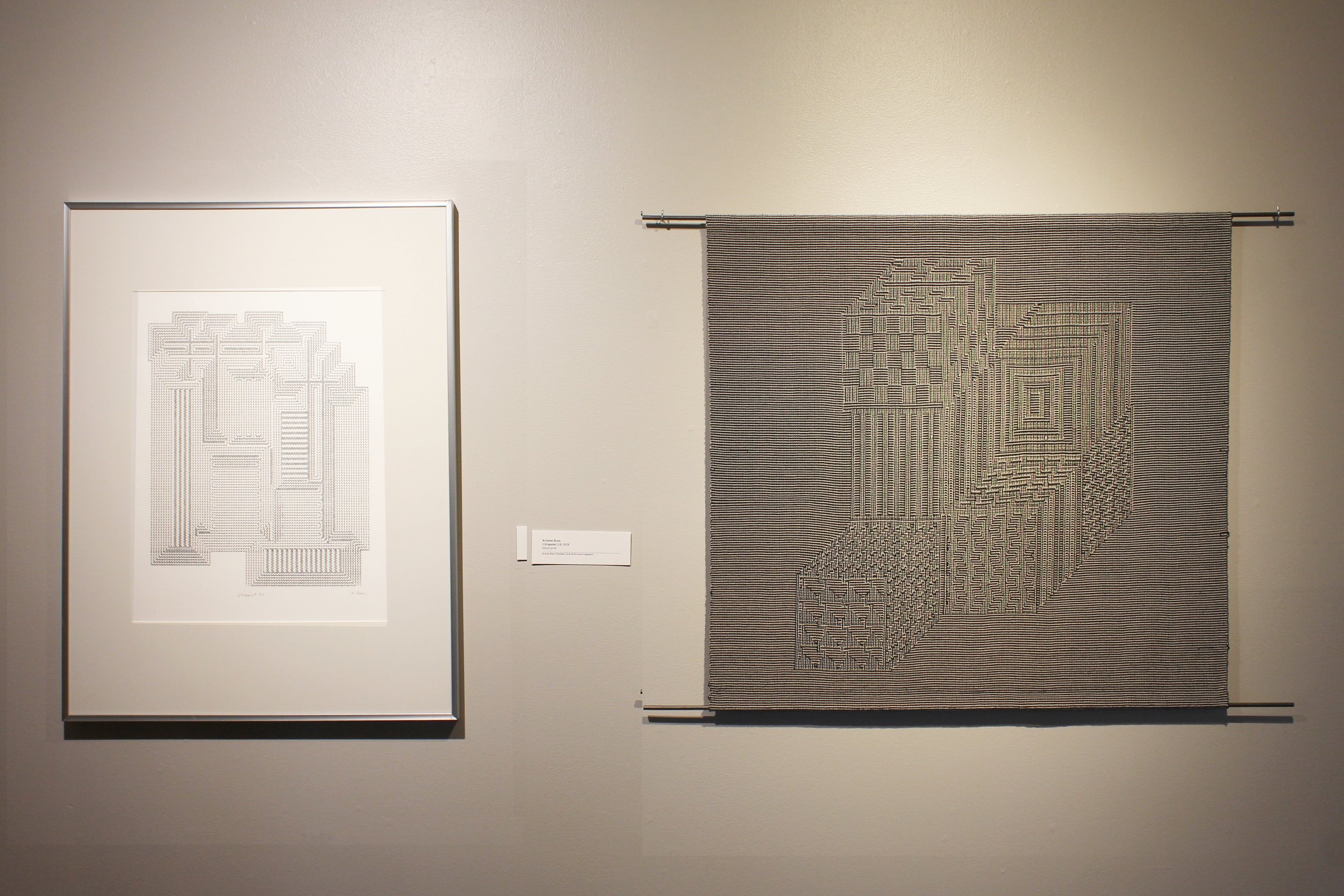
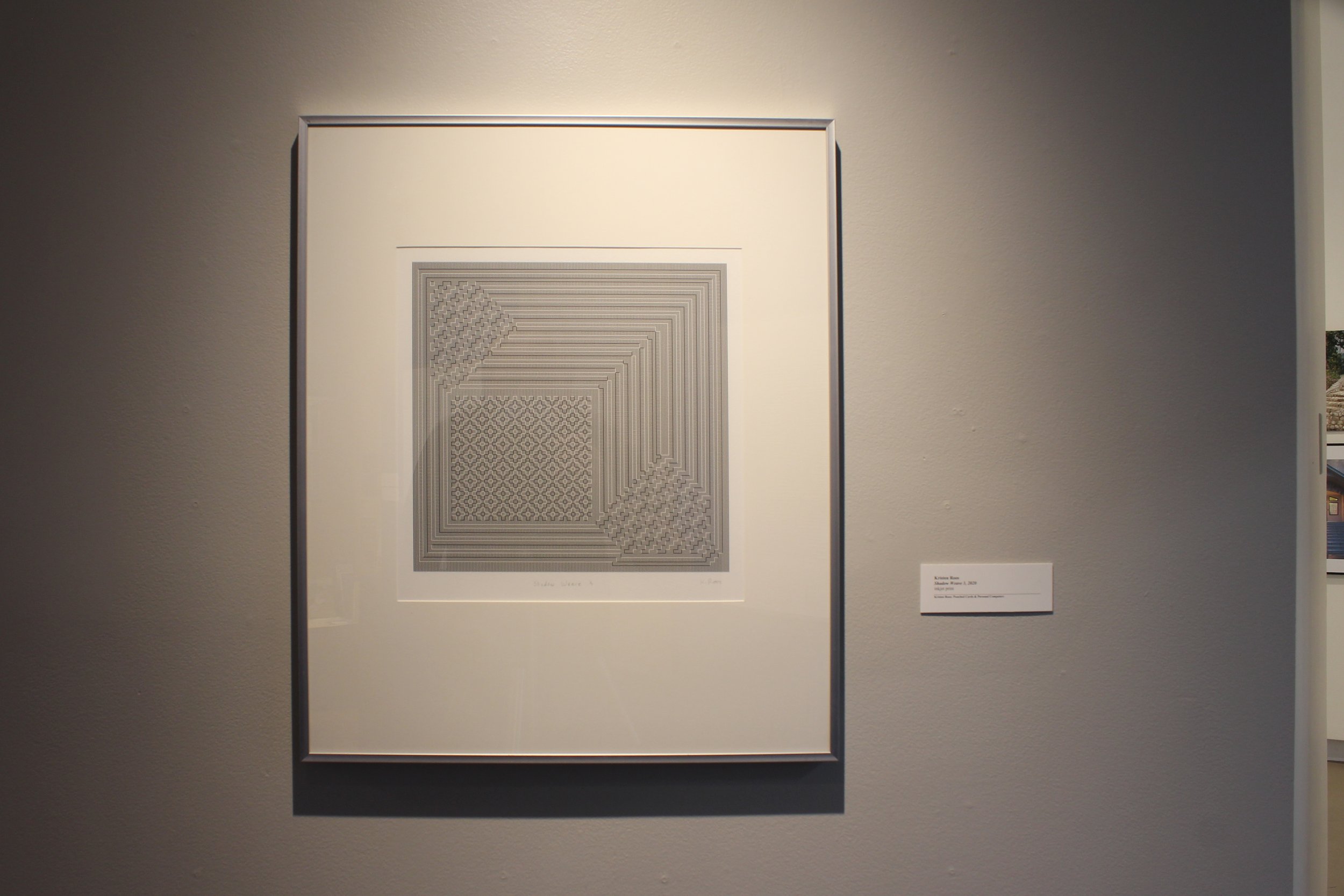
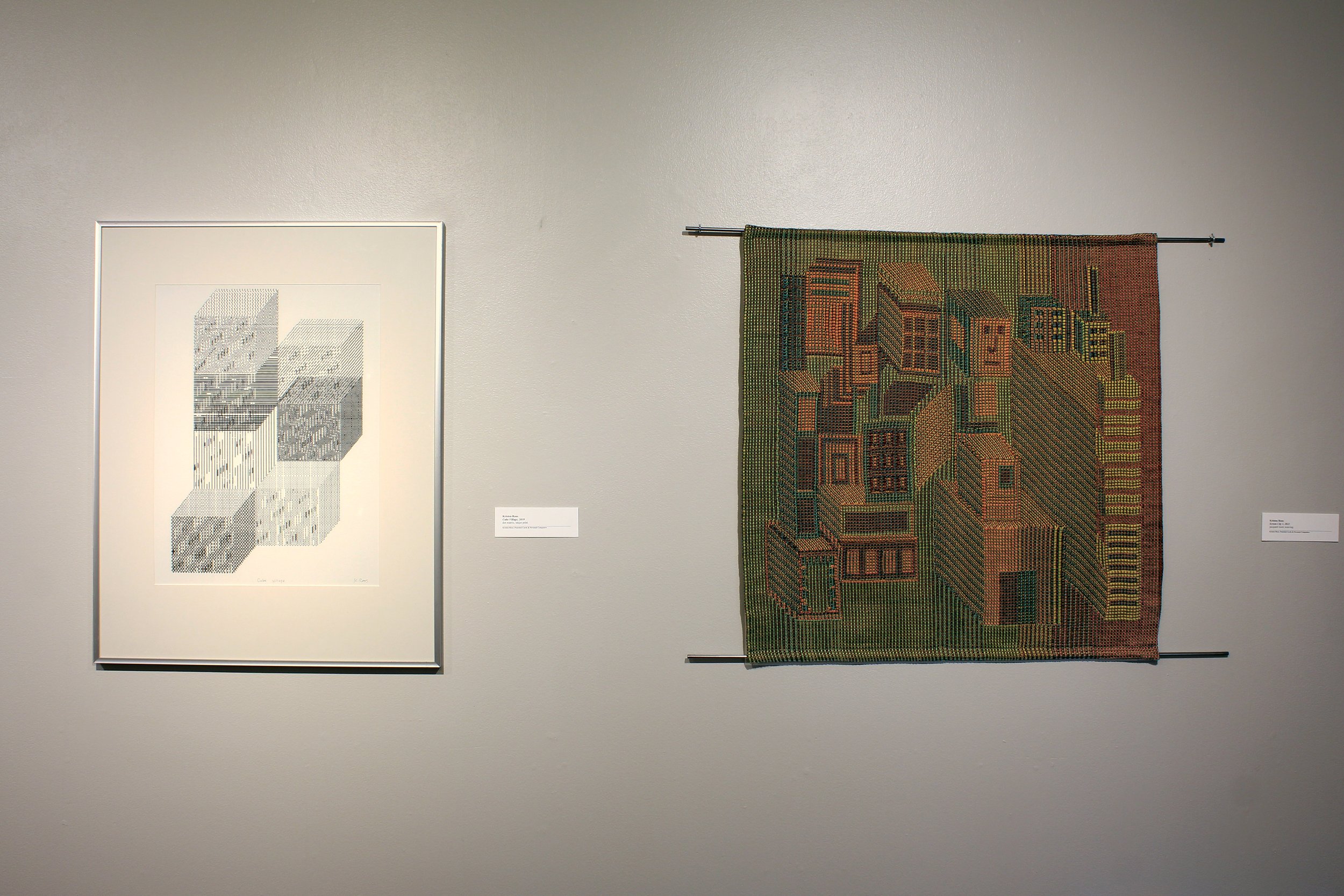
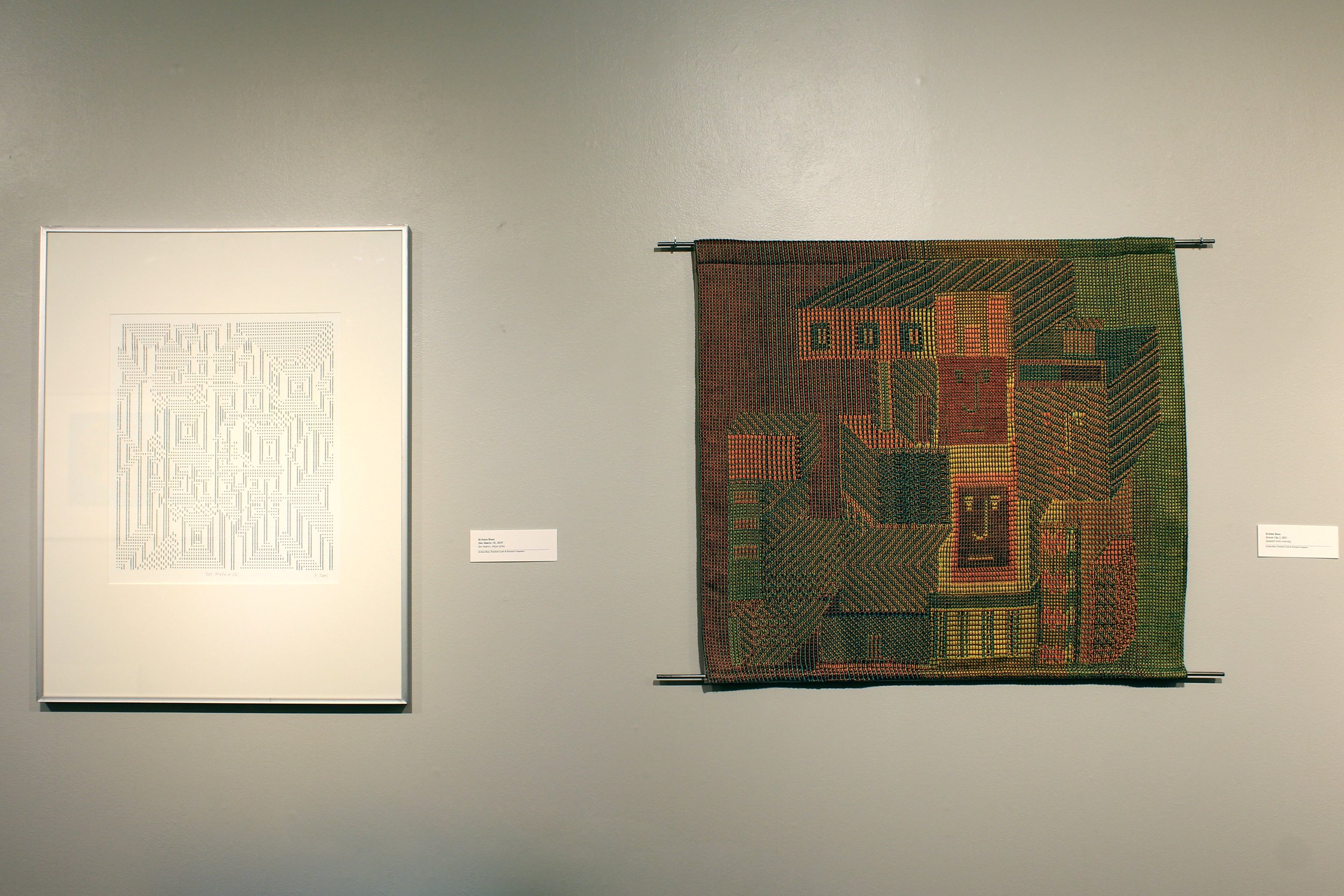
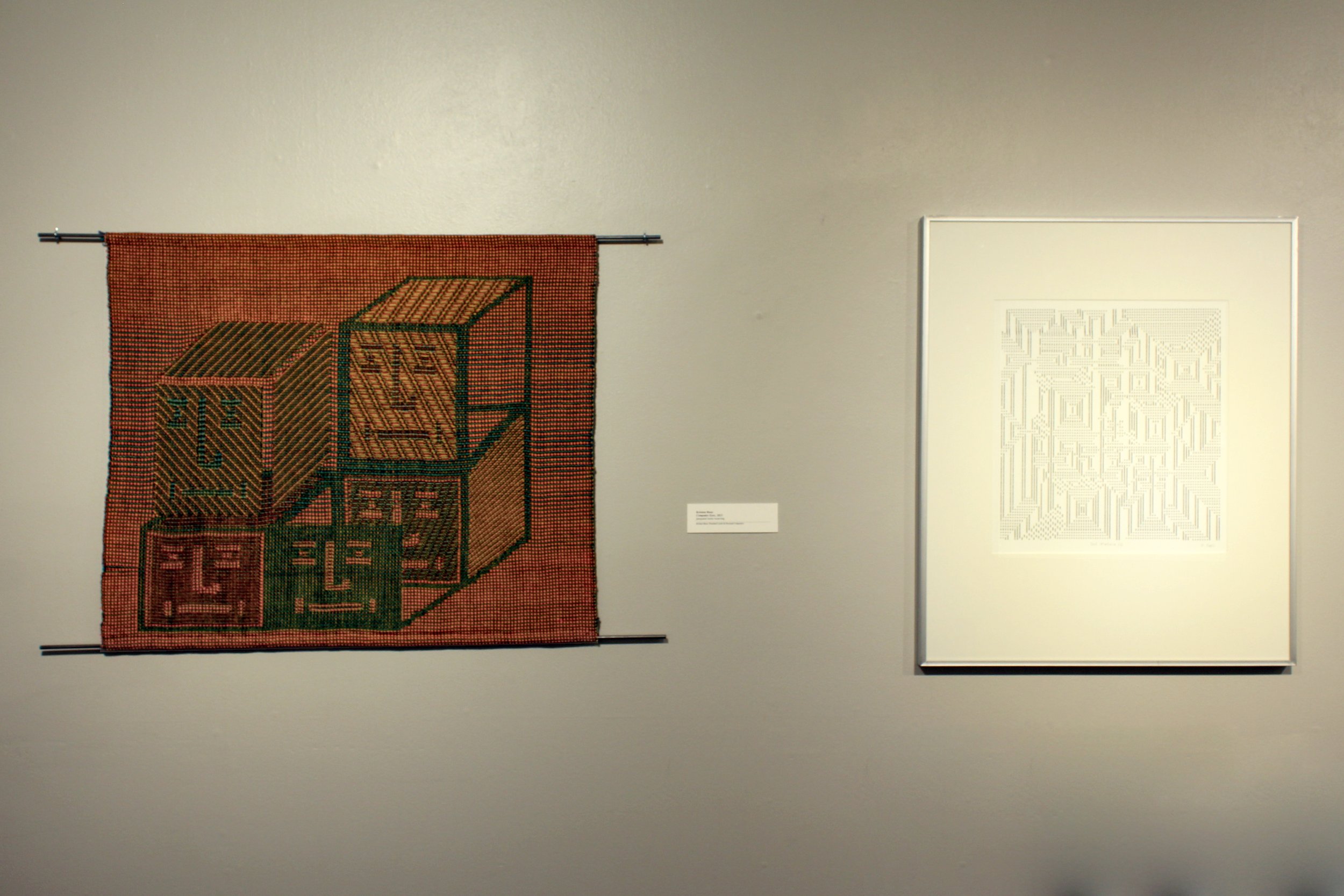

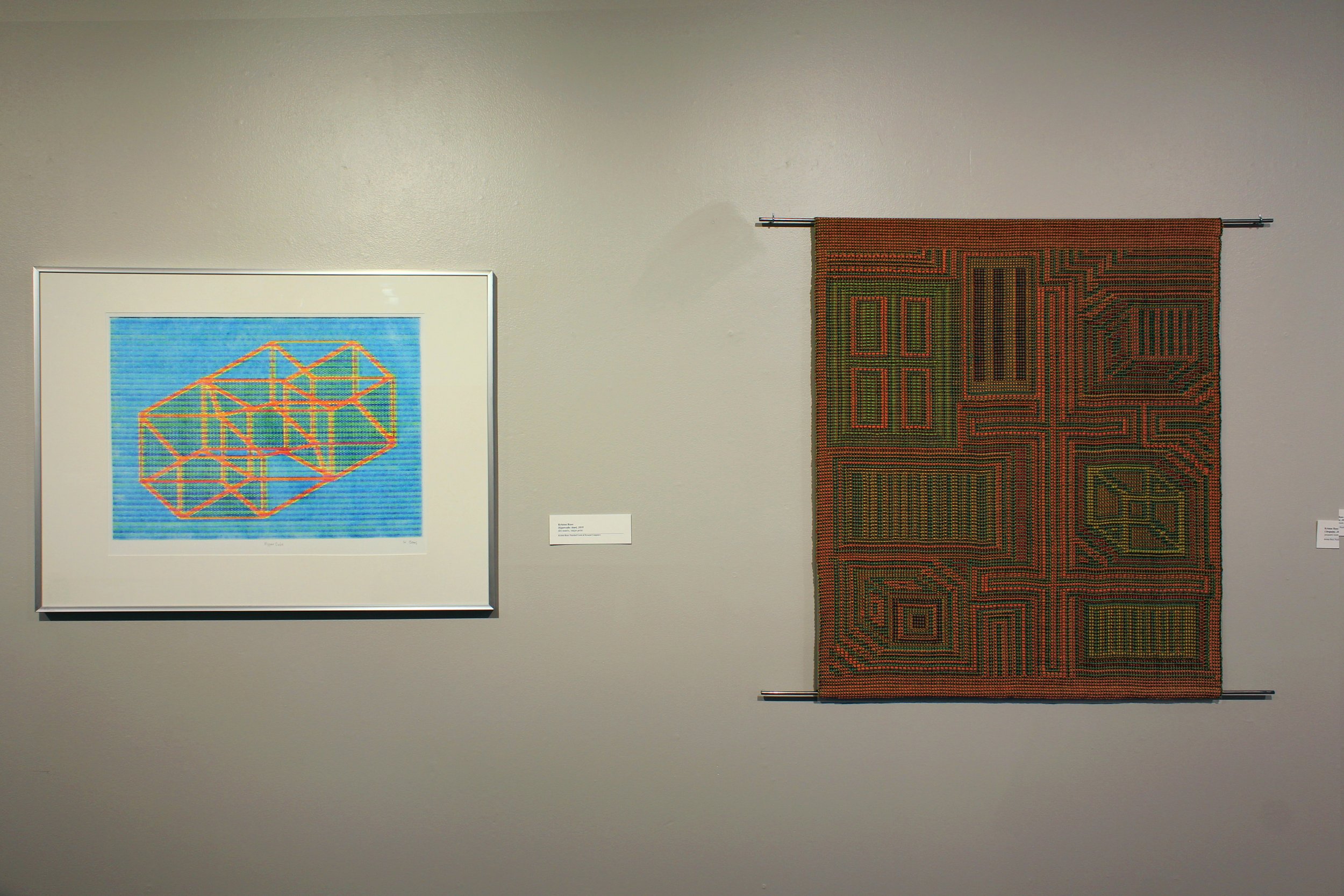
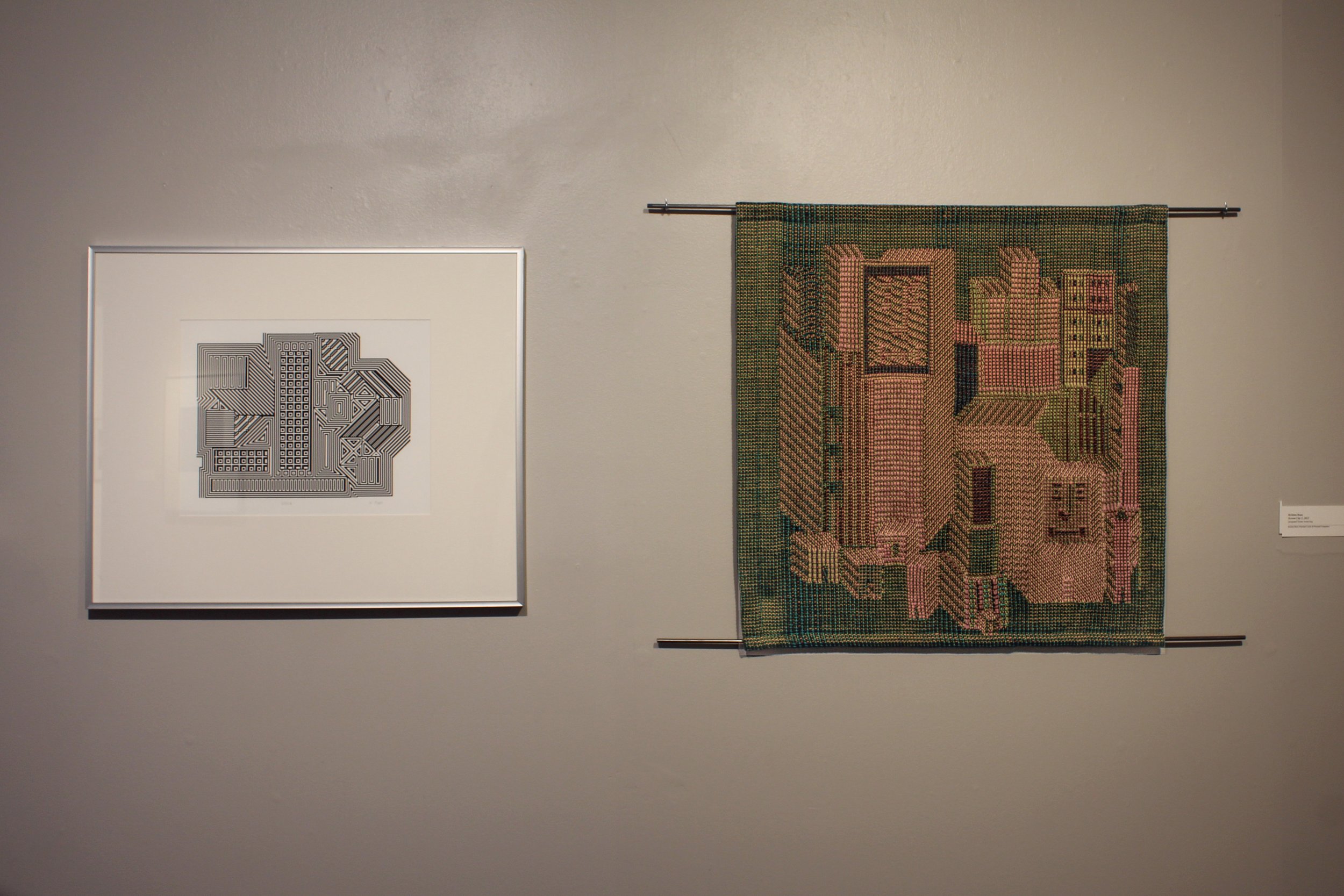

Featured Artist:
Kristen Roos
I am thrilled to present Kristen Roos’ latest body of works, first created on vintage computers and then translated into weavings on Jacquard looms. In speaking about this body of work Kristen writes: “My textile work speaks about obsolescence, and the relationship between computers and weaving. Jacquard looms being the first ‘computers’ in a sense, which were programmed and automated using punch cards. At its roots, this body of work is the marriage of craft and technology based on four key questions and hypothesis exploring: weaving as stored information, the information stored in pattern, the transmission of stories through weaving, and the documentation of obsolescence through weaving.”
The work he creates explores the premise that weavings created by punched card Jacquard looms of the 1800s were the first example of an image created from data, as a kind of early form of digital image. This connects to his research with personal computers, and would add a wider historical context to his research into the roots of the digital image. This expands the view of what is considered a personal computer, and what is considered a digital image.
Roos currently has access to two different eras of Jacquard Looms. One is a punched card Jacquard loom that is small enough for home use, and the other is a computer assisted Jacquard/handloom. Both require a person to operate the loom, and are assisted either by a pattern created with a series of punched cards, or a computer with a digital pattern. Both of these looms can be viewed as a kind of personal/home computer that performs a particular task.
The early personal computers that he is exploring (the Apple IIe, Macintosh Plus, Commodore Amiga 500) were limited to certain parameters of what was made available to the public in the 1980’s. This is in contrast to the more powerful computers that were only available through University and Corporate Labs (NYIT, Bell Labs, Xerox Parc, etc.), and the paint systems that were used to create Computer Graphics, Computer Art and Video Art of the late 1960s through the 1980s. He is interested in how these larger systems effected the dawn of the personal computer, and the subsequent paint, animation and digitizing hardware and software that was created for these computers from the late 1970s through the 1990s.
I am excited to introduce you to the provocative work of Kristen Roos and his multifaceted art practice that explores the built and natural environment through the blending of technologies to create everything from sound installations, printmaking, weaving and sculpture.
Kristen Roos (b.1975) is an artist and educator based on the unceded territories of the Tsleil-Waututh, Musqueam, and Squamish people, also known as Vancouver. His artistic practice includes a wide range of mediums including electronic and electroacoustic music composition, sound design, sound installation, animation, printmaking, textiles and media archaeology. Kristen completed a BFA at Concordia University and an MFA from the University of Victoria.
His work has been exhibited and performed in artist-run centers and festivals nationally. His radio work has aired in Canada, New York, Boston, London, Melbourne (Australia), and is featured in the Errant Bodies publication, Radio Territories. Kristen has been the recipient of a number of projects from the Canada Council for the Arts, and the BC Arts Council and his writing on sound and radio art has been featured in the Radius GRIDS booklet published by Half Letter Press (Chicago 2015), the Errant Bodies publication Radio Territories, and the New Star Books publication Islands of Resistance: Pirate Radio in Canada.
For more information on Kristen, check out: https://kristenroos.ca.
Paul Crawford, Director/Curator
